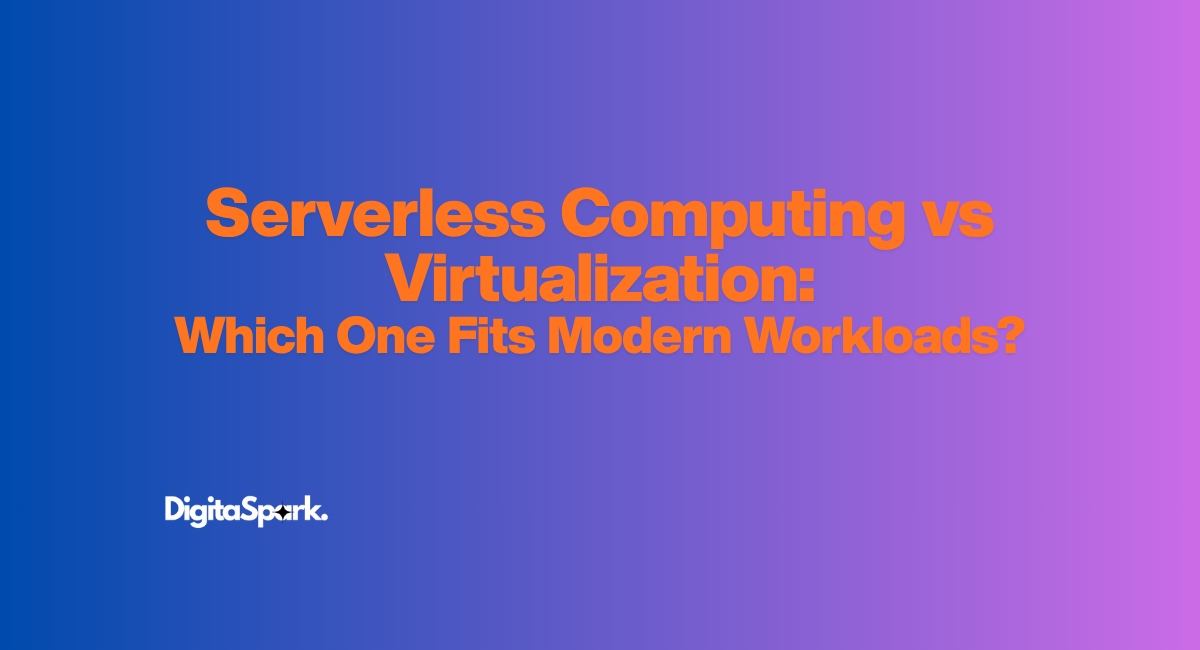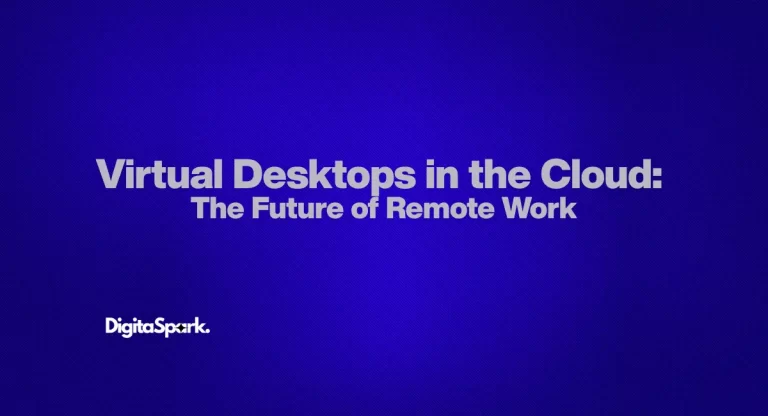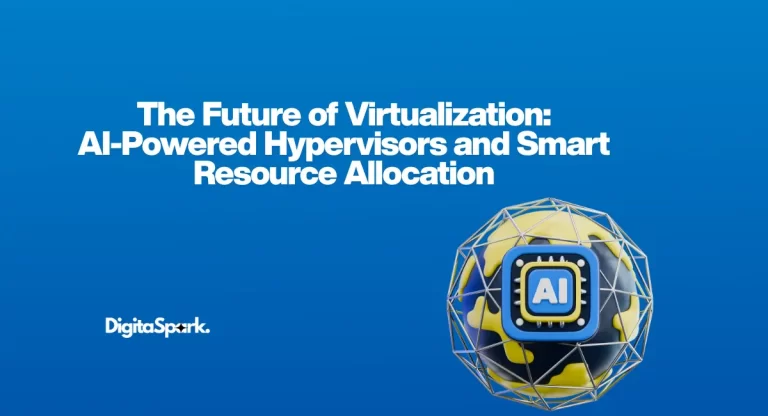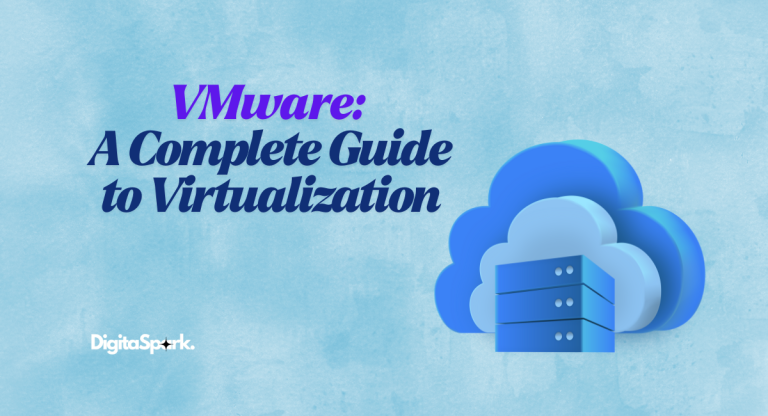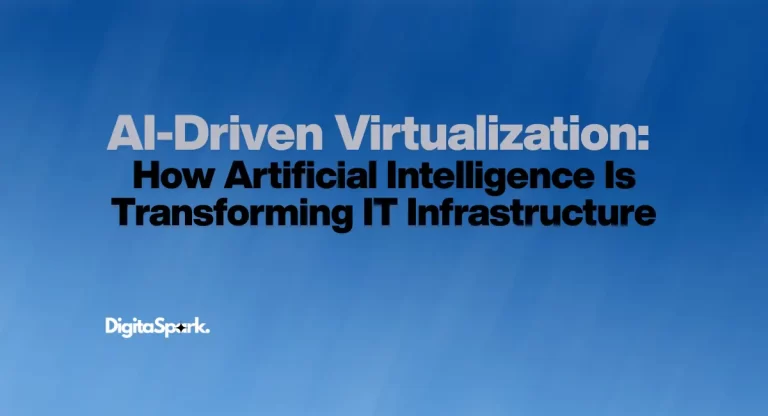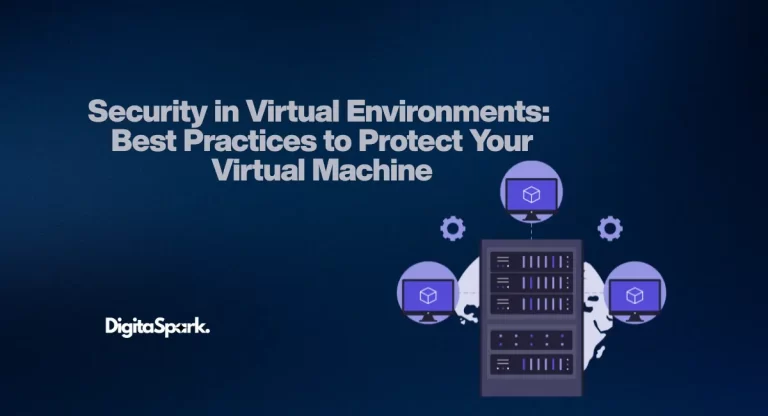Serverless Computing vs Virtualization: Which One Fits Modern Workloads?
If you’ve been around IT or cloud technology for a while, you’ve probably noticed how fast things evolve. What used to be cutting-edge just a few years ago can suddenly feel like old news. Virtualization was once the big deal—it transformed how businesses managed servers, bringing flexibility and efficiency that physical hardware alone just couldn’t deliver.
But lately, there’s been another shift that’s shaking things up: serverless computing. It’s a newer approach that promises to take infrastructure worries completely off your plate. And that’s raised a pretty common (and fair) question: when we compare serverless vs virtualization, which one actually fits modern workloads better?
If you’re curious about how serverless stacks up against containers, you might also like our detailed guide — Serverless vs Containers. It’s a great companion read before diving into this comparison of serverless computing vs virtualization.
Let’s break that down properly — not just the theory, but what it really means for today’s developers, startups, and IT teams trying to keep up with the fast-moving world of cloud infrastructure.
A Quick Look Back: The Rise of Virtualization
Before we jump into serverless, it’s worth giving virtualization a bit of respect — because, honestly, it paved the way for everything we have today. Back in the early 2000s, data centers were sprawling with underused hardware. Each server ran a single operating system and a single workload. It was wasteful and expensive.
Then came virtualization — technology that allowed one physical server to be split into multiple virtual machines (VMs). Each VM behaved like a separate system, running its own OS and apps. It was like turning one big machine into many smaller ones, all isolated but sharing resources efficiently.
This approach revolutionized IT. Businesses could scale faster, cut hardware costs, and make much better use of their computing power. Companies like VMware, Microsoft, and Red Hat made virtualization mainstream, and soon it became the foundation of cloud infrastructure itself.
But as helpful as virtualization was (and still is), managing dozens—or hundreds—of virtual machines brought its own headaches. Updates, patches, scaling, provisioning—it all needed hands-on work. And as software got more complex and workloads became more unpredictable, developers started thinking differently: What if we could run code without managing servers at all?
That thought became the seed for serverless computing.
So What Is Serverless Computing, Really?
“Serverless” might sound like a buzzword, but it’s more of a philosophy shift. Of course, there are still servers behind the scenes—lots of them—but the difference is, you don’t manage them. You write your code, deploy it, and let your cloud provider handle everything else.
No configuring hardware. No worrying about scaling. No staying up at 2 a.m. to reboot a failing instance.
For example, with AWS Lambda, Google Cloud Functions, or Azure Functions, you can upload a function that automatically runs in response to events—like a new user signing up, an API request hitting your app, or a file being uploaded. The function spins up, does its job, and shuts down when done.
And here’s the best part: you only pay for the actual compute time used. No idle server bills. No monthly fee for resources sitting there doing nothing.
That’s a huge shift from the traditional model where you provision servers (physical or virtual) ahead of time just in case you need them. Serverless lets you forget about that and focus purely on what matters—your code and your business logic.
Virtualization: Still the Backbone of Modern IT
Even though serverless is the new shiny thing in cloud computing, virtualization is far from outdated. It’s still the backbone of most private data centers and hybrid cloud setups.
Virtualization gives you control. You can configure the exact environment your app needs, run multiple operating systems on the same host, and isolate workloads securely. For companies in regulated industries like healthcare, banking, or government, that control isn’t just a perk—it’s mandatory.
Virtual machines also work perfectly for workloads that need to run continuously, like databases, ERP systems, or backend APIs. You get predictable performance, consistent uptime, and complete visibility into what’s happening under the hood.
So while virtualization may sound “traditional,” it’s really more like the dependable foundation everything else is built on.
Serverless vs Virtualization: Let’s Compare
Now, let’s get to the core of it. What are the actual differences between serverless computing and virtualization, and where does each one shine (or struggle)?
1. Management and Maintenance
With virtualization, you still manage virtual machines—operating systems, patches, updates, configurations—all that good stuff. It’s easier than physical servers, but it’s not hands-free.
Serverless computing, on the other hand, removes almost all of that. You don’t worry about provisioning or scaling. The provider handles that automatically. You just deploy your function, set a trigger, and it runs when needed. That’s why developers love it—it takes away the infrastructure overhead.
2. Scalability
This is where serverless really shows off. It scales instantly. When demand spikes, the cloud spins up more instances automatically. When things quiet down, it scales back to zero. You only pay for what you use.
Virtualization can scale too, but not as fluidly. You still have to provision VMs or rely on orchestration tools like VMware vCenter or OpenStack. It’s efficient, but it’s not instant or cost-free when idle.
3. Cost Efficiency
The serverless pricing model is beautiful for startups and variable workloads—you pay per execution, per millisecond of runtime. No idle costs, no wasted capacity.
Virtualization is more cost-predictable for steady workloads, though. You’re paying for the virtual machines whether they’re fully utilized or not. So if you have long-running, always-on services, that model actually makes sense.
4. Performance
Performance is a tricky one. Virtualized environments are always “on,” so they respond immediately. Serverless functions might suffer from cold starts—a brief delay when they run after being idle for a while.
It’s usually small (a second or two), but in real-time apps, that can matter. Some providers now offer “provisioned concurrency” to keep functions warm, but of course, that adds to the cost.
5. Control and Security
If you like knowing exactly what’s happening in your stack, virtualization gives you that. You control everything—from the OS to the hypervisor.
Serverless, meanwhile, operates on a shared responsibility model. The provider handles infrastructure security, but you’re responsible for your code and access management. That’s great for speed, but it can make compliance tricky for industries with strict regulations.
Which One Fits Modern Workloads Better?
Let’s be real—modern workloads are a mixed bag. You might have a stable ERP system running in one corner and a bursty, event-driven data pipeline in another. One-size-fits-all doesn’t really exist anymore.
Here’s the general breakdown:
- Serverless computing fits perfectly for event-driven, lightweight, microservice-style applications. Think of things like chatbots, IoT triggers, image processing, and real-time analytics. It’s fast, cost-effective, and scales effortlessly.
- Virtualization still dominates in environments where stability, compliance, and control matter—like enterprise databases, long-running backend systems, and internal business apps.
In reality, many organizations end up using both. It’s not an “either-or” situation. It’s a “yes, and.” For example, a company might run its backend services on virtual machines but handle background jobs like email notifications or file uploads through serverless functions.
That kind of hybrid architecture is becoming the new normal.
Don’t Forget About Containers
You can’t really talk about this topic without mentioning containers—they’ve become the bridge between these two worlds.
Containers sit neatly between VMs and serverless. They’re lighter than full-blown virtual machines but still give developers more control than serverless does. Tools like Docker and Kubernetes allow teams to run scalable microservices with predictable environments and easy portability across cloud providers.
A lot of “modern workloads” actually live in this middle ground. Developers love containers because they provide flexibility, speed, and portability—three things that every cloud strategy needs.
Security and Reliability Considerations
Security is one area where organizations hesitate to go fully serverless. With virtualization, you can lock down your environment, apply custom patches, and isolate workloads at the hypervisor level. You’re in charge.
In serverless environments, you rely on your cloud provider’s security model. It’s robust, sure, but you’re trusting a third party with critical layers of your infrastructure. For some industries, that’s a dealbreaker.
That said, serverless functions are typically small, stateless, and short-lived—meaning they reduce your overall attack surface. If one function is compromised, it’s easier to isolate and shut down than a massive monolithic app running on a VM.
Cost in the Real World
In theory, serverless always sounds cheaper. And for sporadic, event-based tasks, it usually is. A startup processing a few thousand user uploads a week pays pennies on AWS Lambda.
But in practice, for continuous workloads—say, an analytics engine or a 24/7 financial service—virtualization might win. Once your workload passes a certain threshold, keeping a VM running 24/7 can actually cost less than paying per function call.
That’s why cost analysis always depends on workload patterns. “Modern” doesn’t automatically mean “serverless.”
Looking Ahead: The Future of Cloud Infrastructure
The future of cloud infrastructure isn’t about picking sides. It’s about combining the best of all worlds.
Serverless is evolving fast—it’s getting better at handling complex workflows, reducing cold starts, and offering more visibility. Meanwhile, virtualization keeps advancing too, especially in private and hybrid cloud ecosystems.
In the coming years, we’ll likely see composable infrastructure become the new standard—where virtualization, containers, and serverless functions all work together seamlessly. Each will have a role, based on the workload type.
Final Thoughts
When it comes to serverless vs virtualization, it’s not a battle. It’s evolution. Virtualization broke the physical limits of hardware; serverless is now breaking the limits of infrastructure management.
For teams building agile, on-demand applications that need to scale instantly and cost-effectively, serverless is the clear winner.
For organizations needing predictability, control, and compliance, virtualization still rules the roost.
Most modern IT environments are a blend of both—because that’s what real-world workloads demand. Flexibility, adaptability, and the right tool for the job.
At the end of the day, whether you go serverless, virtualized, or a bit of both, the goal is the same: build smarter systems that make technology work for you, not the other way around.
For readers who want to dive deeper into how serverless computing is shaping the future of modern workloads, you can explore this excellent resource from AWS: Serverless Architectures with AWS Lambda: Overview and Best Practices.

